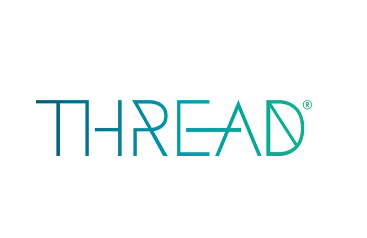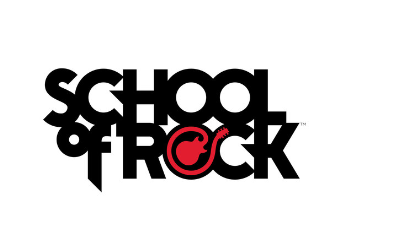stamp是什么意思(stamp的用法)

大家好,知识小编来为大家讲解下。stamp是什么意思,stamp的用法很多人还不知道,现在让我们一起来看看吧!
一、stamp是什么意思
1、stamp 邮票,印章,印花,痕迹,烙印,跺脚,猛踩
2、来 自 中 古 英 语 stampen, 踩 踏 , 捣 , 来 自 古 英 语 stempan, 捣 , 碾 碎 , 来 自 Proto-Germanic*stampijana,踩踏,击打,来自 PIE*stemp,踩踏,践踏,鼻音化自 PIE*stebh, 踩踏,词源同 step,stomp,stump.最终来自 PIE*sta,站立,词源同 stand.引申诸相关词义。
二、stamp的用法
1、stamp
2、stamp: [12] Stamp originally meant ‘crush into small pieces, pound’. The sense ‘slam the foot down’ did not emerge until the 14th century, and ‘imprint with a design by pressure’ (which forms the semantic basis of postage stamp [19]) is as recent as the 16th century. The word comes, probably via an unrecorded Old English *stampian, from prehistoric Germanic *stampōjan (source also of German stampfen, Dutch stampen, Swedish stampa, and Danish stampe).This was derived from the noun *stampaz ‘pestle’, which was formed from the base *stamp- (a non-nasalized version of which, *stap-, lies behind English step). The Germanic verb was borrowed into Vulgar Latin as *stampīre, whose past participle has given English, via Mexican Spanish, stampede [19].=> stampede, step
3、stamp (v.)
4、Old English stempan "to pound in a mortar," from Proto-Germanic *stamp- (cognates: Old Norse stappa, Danish stampe, Middle Dutch stampen, Old High German stampfon, German stampfen "to stamp with the foot, beat, pound," German Stampfe "pestle"), from nasalized form of PIE root *stebh- "to support, place firmly on" (cognates: Greek stembein "to trample, misuse;" see staff (n.)). The vowel altered in Middle English, perhaps by influence of Scandinavian forms. Sense of "strike the foot forcibly downwards" is from mid-14c. The meaning "impress or mark (something) with a die" is first recorded 1550s. Italian stampa "stamp, impression," Spanish estampar "to stamp, print," French étamper (13c., Old French estamper) "to stamp, impress" are Germanic loan-words. Related: Stamped; stamping. To stamp out originally was "extinguish a fire by stamping on it;" attested from 1851 in the figurative sense. Stamping ground "one's particular territory" (1821) is from the notion of animals. A stamped addressed envelope (1873) was one you enclosed in a letter to speed or elicit a reply.
5、stamp (n.)
6、mid-15c., "instrument for crushing, stamping tool," from stamp (v.). Especially "instrument for making impressions" (1570s). Meaning "downward thrust or blow with the foot, act of stamping" is from 1580s. Sense of "official mark or imprint" (to certify that duty has been paid on what has been printed or written) dates from 1540s; transferred 1837 to designed, pre-printed adhesive labels issued by governments to serve the same purpose as impressed stamps. German Stempel "rubber stamp, brand, postmark" represents a diminutive form. Stamp-collecting is from 1862 (compare philately).
本文到此分享完毕,希望对大家有所帮助。









